Create an organized environment conducive to productive activities
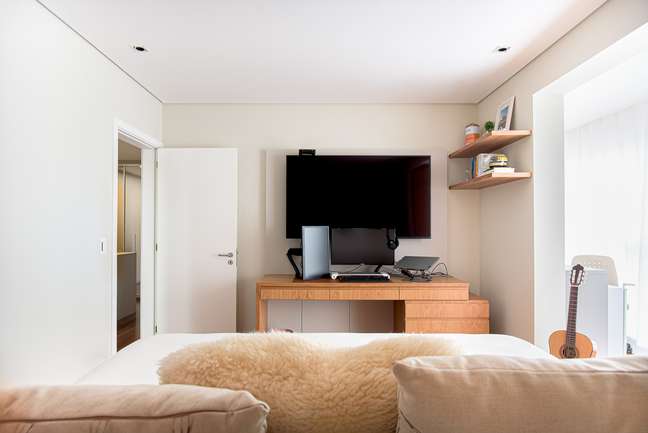
With the pandemic, the home office has become a reality for most people and it has become a trend that is here to stay.
With the increase in employee productivity and the convenience of remote working, many companies are not even thinking of returning to the 100% face-to-face regime, sometimes investing in hybrid formats. As a result, the demand for suitable jobs remains high in residential projects.
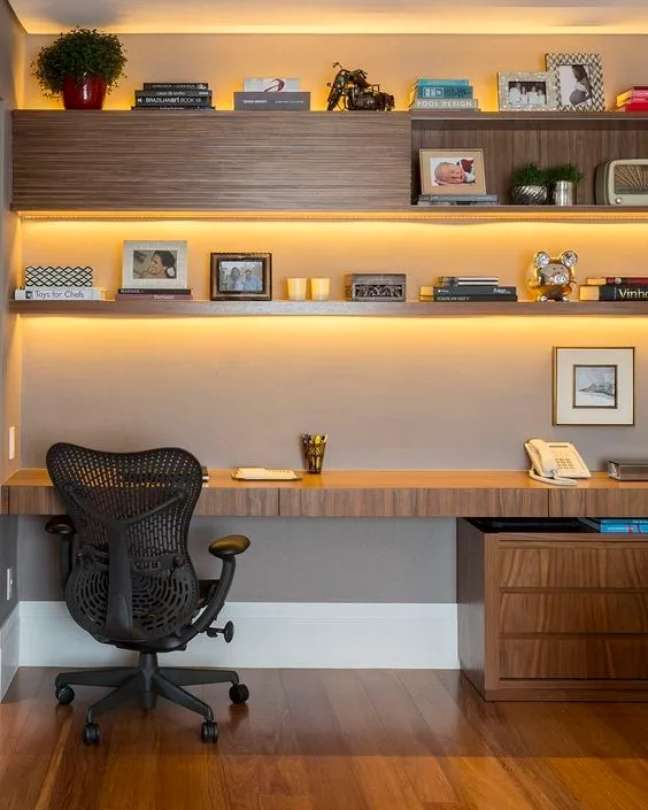
“Much more than a table, a chair and a computer, the office is a corner that deserves a lot of attention, after all we spend a good part of our day there”, recalls the architect. Carina Dal Blacksmithwhich is located in front of the office that bears his name.
In addition to the correct furniture and ergonomics, it is also worth thinking in detail about the daily organization of this place to make it even more functional and stimulating.
With this in mind, the architect has listed some tips for having a 10th corner!
where to start
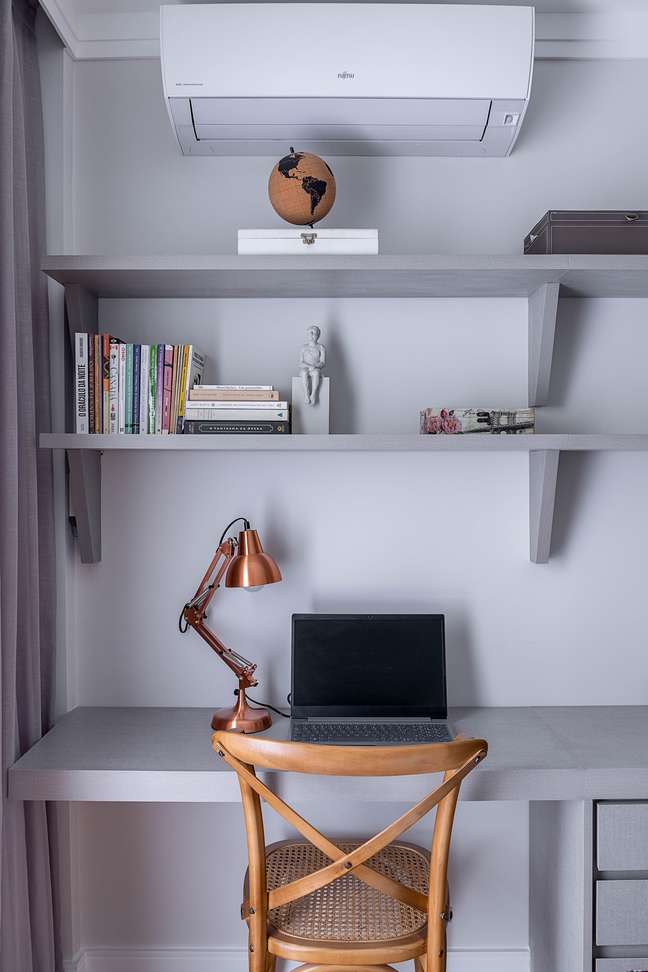
In order for the workspace to be perfect, it is important to think, first of all, of ergonomics and organization.
“After all, it is a place where you will spend several hours a day. There is nothing more right than to make it as pleasant and comfortable as possible,” Carina points out.
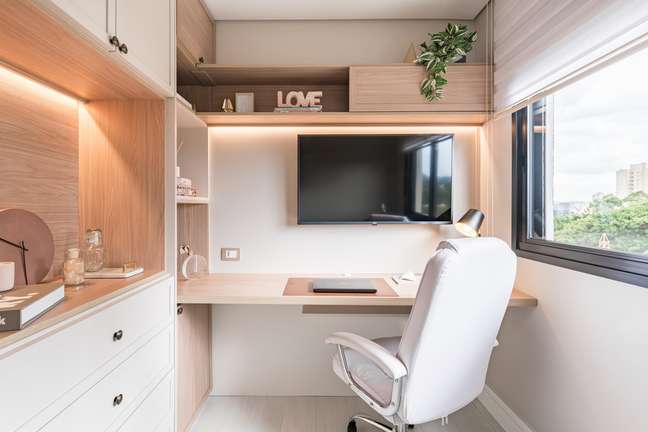
The first recommendation is to invest in an ergonomic office chair and a table that respects the necessary dimensions to avoid inconvenience.
“The height of the table usually varies between 70 and 75 cmwhich can be greater or less if we consider the resident’s height “, guides the professional.
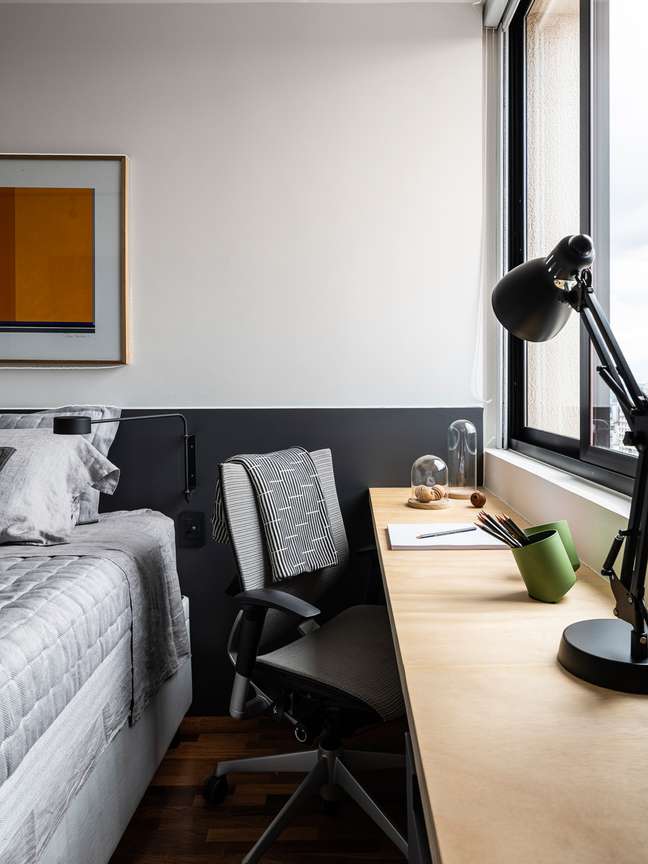
In addition, it is also essential to prioritize lighting. Ideally, the table should be close to the window so that the user can enjoy natural light. For darker days or when working at night, a the table lamp is very important!
Just what you need on the table
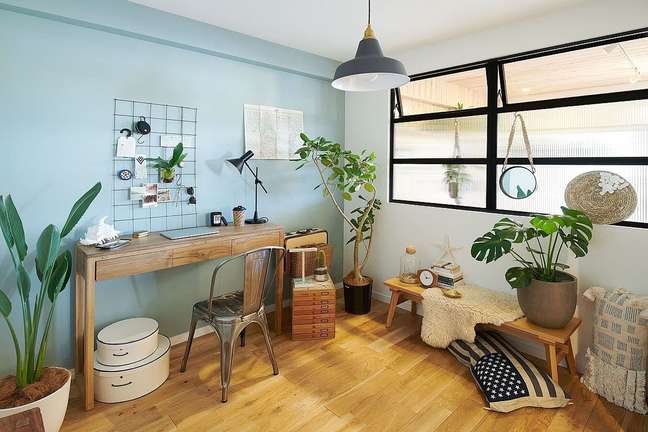
After having taken care of the furniture, the first step for those who want to organize the work table is to leave on the counter only the objects that are used continuously, i.e. computer or notebook, pen holder and notebook.
“The more things about the furniture, the easier it is to get the ‘cluttered’ look. This hinders our concentration and leaves room for clutter to appear. Items that are not used often can be stored in drawers, for example,” explains Carina .
drawers are always welcome
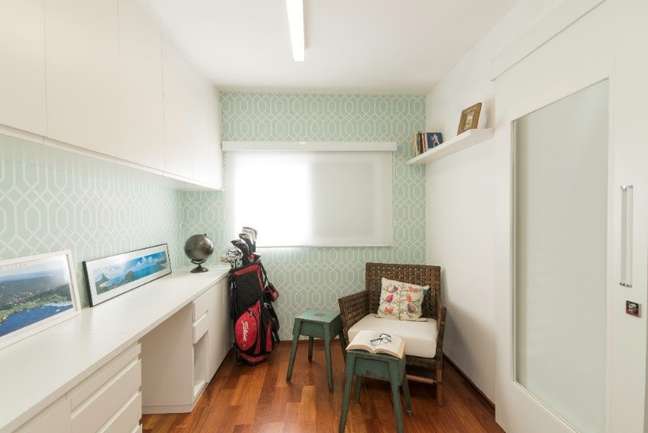
To keep the aim of having only the essentials visible, Carina recommends, if possible, to invest in desk models with built-in drawers.
“In this way it is possible to organize and even divide what we do not leave on the table. In the first drawer, for example, keep documents, diaries and folders needed during the work routine. In the following drawers it is worth keeping what is used and consulted. sporadically, “says Carina Dal Fabbro.
The shelves keep everything close at hand
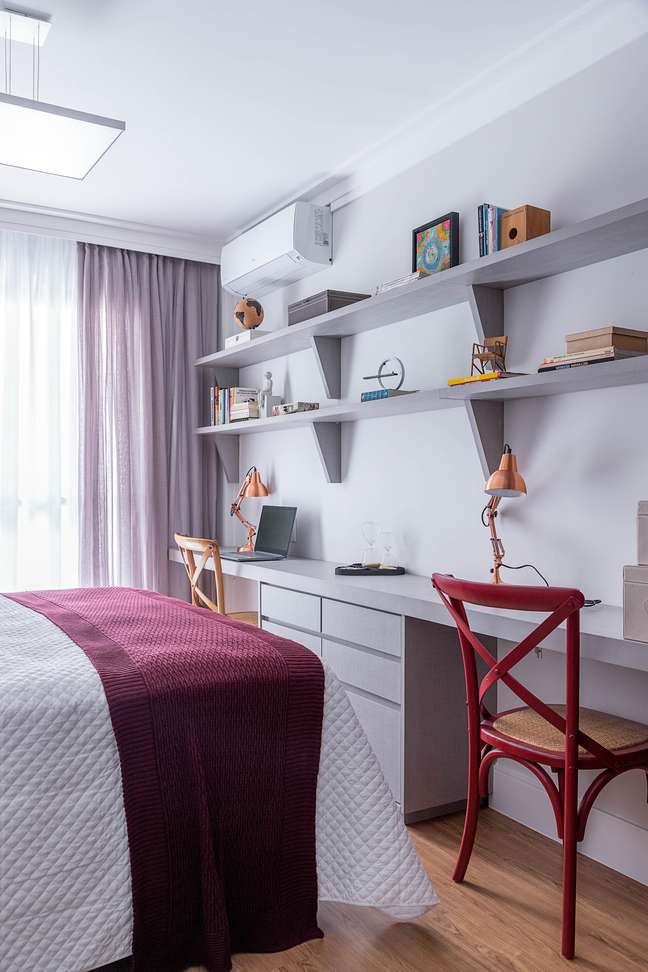
Carina also recommends investing in shelves, niches and shelves to maximize storage space and make the most of vertical space.
wireframe they are also a good option and can be used to host important errands and reminders, such as due dates, schedules, and calendars.
Organizer boxes and accessories
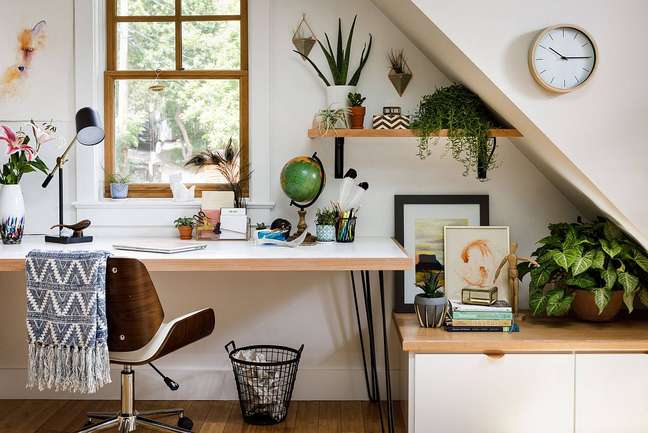
You can’t talk about organization and forget the famous organizational boxes, can you ?!
“In the case of the office, the most suitable are those made of cardboard, which are used for storing from folders to loose sheets. In addition, they can also be labeled to facilitate the identification of what is stored”, recommends the architect.
“Another good thing about the boxes is that they can be stacked, so they don’t take up a lot of office space,” he continues.
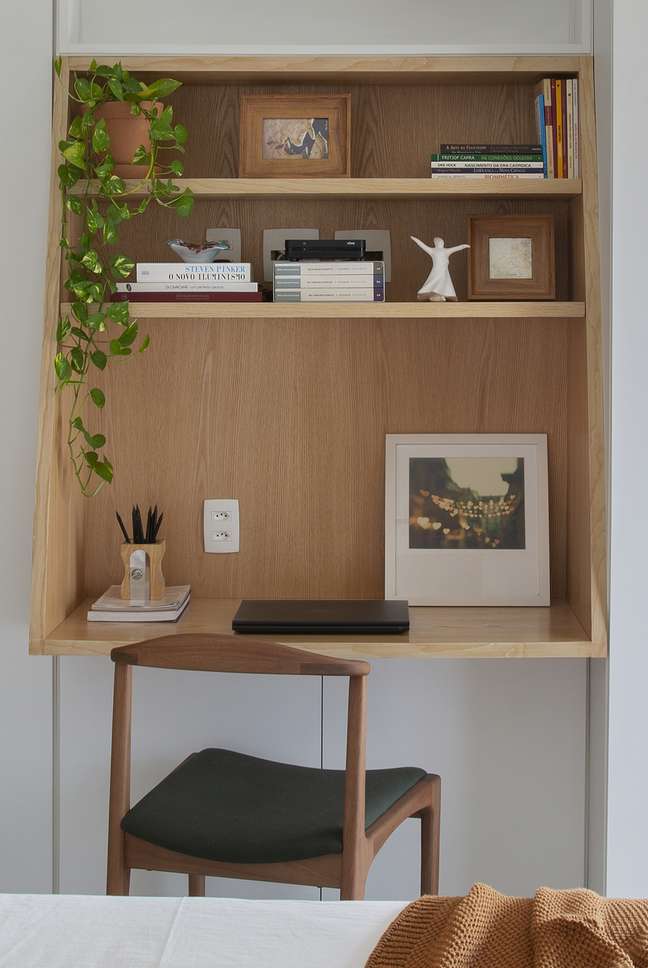
Additionally, the architect recommends investing in internal drawer dividers or organizers, which can be used to separate clips, post-its, pens, rulers, tape and other stationery offal that can get lost or damaged easily.
Finally, using magazine racks on the floor or on the sides of the table is also a good option to optimize space and keep everything in order.
Source: Terra
Benjamin Smith is a fashion journalist and author at Gossipify, known for his coverage of the latest fashion trends and industry insights. He writes about clothing, shoes, accessories, and runway shows, providing in-depth analysis and unique perspectives. He’s respected for his ability to spot emerging designers and trends, and for providing practical fashion advice to readers.








